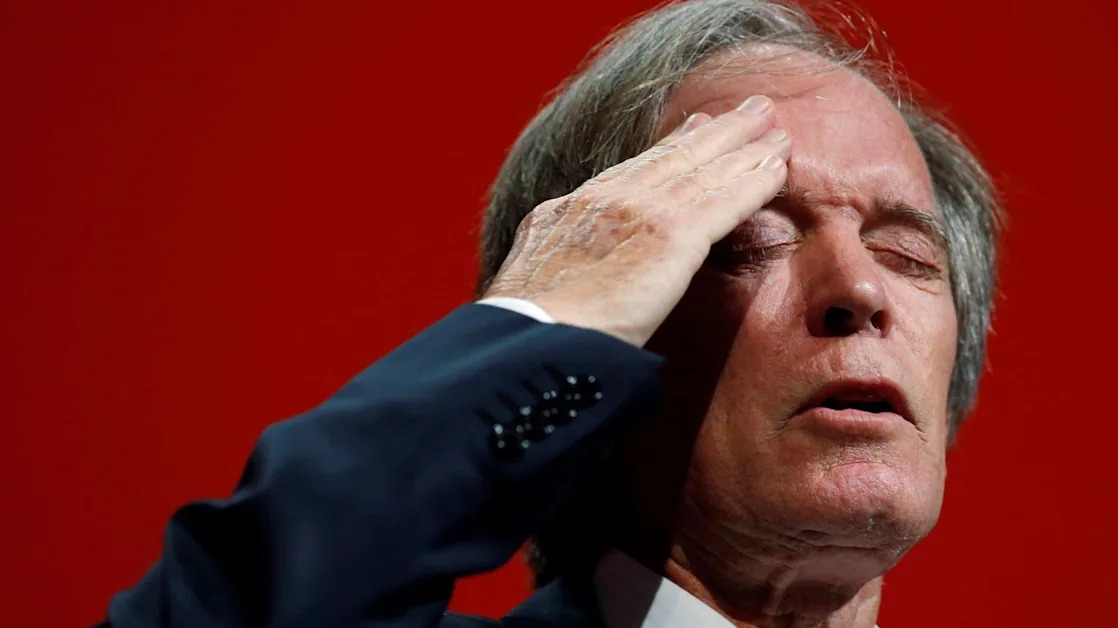A closely watched report on US inflation showed consumer prices rose in August at the slowest pace in three years on an annual basis, according to the latest data from the Bureau of Labor Statistics released Wednesday morning.
The Consumer Price Index (CPI) increased 2.5% over the prior year in August, a deceleration compared to July's 2.9% annual gain in prices and the lowest annual rate since early 2021. The yearly increase was also in line with economist expectations.
The index rose 0.2% over the previous month, matching both July's monthly increase and what economists had expected.
On a "core" basis, which strips out the more volatile costs of food and gas, prices in August climbed 0.3% over the prior month and 3.2% over last year. Core prices rose 0.2% month over month and 3.2% on an annual basis in July.
Cell phones, furniture, used cars: Here's where prices are easing up as inflation cooldown continues
Although it is moderating, inflation has remained above the Federal Reserve's 2% target on an annual basis. However, recent economic data, including a jobs report that indicated a weakening labor market , points to an all-but-certain rate cut by the end of the Fed's next policy meeting on Sept. 18.
"The time has come for policy to adjust," Fed Chair Jerome Powell said at the Kansas City Fed's annual economic symposium in Jackson Hole, Wyo., last month.
What the Fed rate decision means for bank accounts, CDs, loans, and credit cards
The question now is just how quickly the Fed will bring down rates.
"This isn’t the CPI report the market wanted to see," Seema Shah, chief global strategist at Principal Asset Management, wrote in reaction to the report. "With core inflation coming in higher than expected, the Fed’s path to a 50 basis point cut has become more complicated."
"The number is certainly not an obstacle to policy action next week, but the hawks on the committee will likely seize on today’s CPI report as evidence that the last mile of inflation needs to be handled with care and caution — a formidable reason to default to a 25 basis points reduction."
As of Tuesday, markets were pricing in a nearly 100% chance the Federal Reserve cuts interest rates by the end of its September meeting. However, following the data's release, the odds of a 25 basis point cut versus a 50 basis point cut were split 85/15 from a 56/44 split last week, per the CME FedWatch Tool.
But the Fed's decision won't all come down to inflation, as the US economy added fewer jobs than expected in August .
"Powell made it clear that the progress made on inflation up to this point is sufficient to justify the start of rate cuts. This report doesn't change that," Elyse Ausenbaugh, head of investment strategy at JPMorgan Wealth Management said on Wednesday. "Last week’s labor market data might have left the odds of a 25bps cut vs. a 50bps cut as a toss-up, but today’s inflation data tips the scales in favor of 25bps."
Sticky shelter, food prices
Notable call-outs from the inflation print include the shelter index, which rose 5.2% on an unadjusted, annual basis, a slight uptick from July's number. The index rose 0.5% month over month after rising 0.4% in July "and was the main factor in the all items increase," according to the BLS.
Sticky shelter inflation has largely been blamed for higher core inflation readings, according to economists.
What is inflation, and how does it affect you?
That trend continued last month with the index for rent and owners' equivalent rent (OER) rising 0.4% and 0.5%, respectively, from July to August. Owners' equivalent rent is the hypothetical rent a homeowner would pay for the same property.
The index for lodging away from home rose 1.8% in August after rising just 0.2% in July
Meanwhile, the energy index decreased by 0.8% in August, after staying flat in July as gas prices declined 0.6% last month. On a yearly basis, the energy index was down 4%.
The food index increased 2.1% in August over the last year, with food prices rising 0.1% month over month — proving to be a sticky category for inflation. The index for food at home was unchanged from July to August while food away from home increased 0.3%.
Other indexes with notable increases over the last year include motor vehicle insurance (16.5%), medical care (3%), recreation (1.6%), and education (3.1%).
The indexes for used cars and trucks, household furnishings and operations, medical care, communication, and recreation were among those that decreased over the month, according to the BLS.

Read more news about inflation's cooldown:
Alexandra Canal @allie_canal , LinkedIn,





